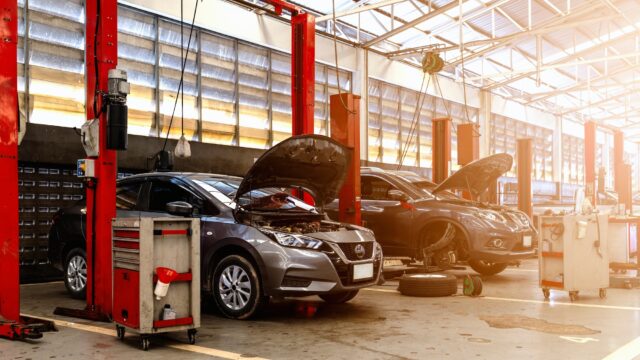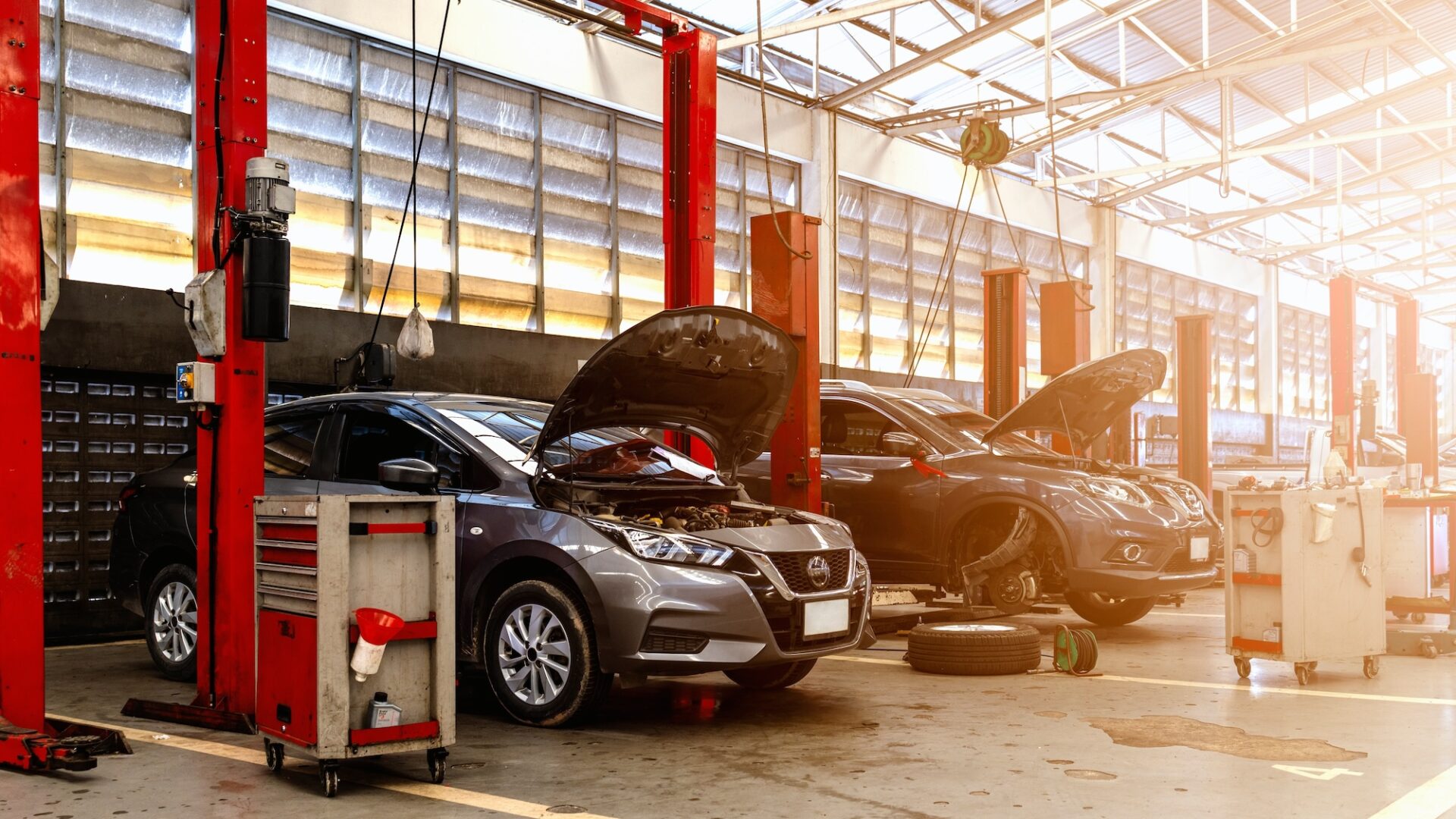Ask most dealers what warranty is for and the answer still tends to land somewhere between ‘compliance’, ‘peace of mind’, or ‘a cost you simply have to absorb to get a deal out of the door’.
That mindset is understandable, because for years warranties were treated as a hygiene factor, not a lever. Something to avoid coming back to bite you, not something to engineer into your commercial model. But that framing is now commercially wrong.
As repair costs rise and consumer loyalty fragments, warranty has quietly moved from a defensive product to an offensive commercial tool – not just something that stops customers ringing with problems, but a mechanism that pulls them back through the door again and again, with revenue attached. Dealers who are still treating warranties as a line item instead of an engine are leaving margin, retention and lifetime value on the table.
The old view: warranty as cost insurance
The traditional view of warranty inside dealerships has been shaped by one anxiety above all: exposure. Who pays when something goes wrong? Who takes the heat? Who is left arguing with the customer? Naturally, the instinctive behaviour was to minimise the footprint of claims — keep it quiet, keep it cheap, keep it out of the way.
The knock-on effect of that mindset was predictable: warranty conversations were always reactive, never strategic. Warranties only came to the forefront when something failed on a customer’s vehicle; and introducing such products to customers was about prevention of loss, never about creation of value. The job also finished at handover, rather than beginning there. That model worked only when repairs were cheap, cars were simpler, labour was predictable and consumers were loyal by default. None of those conditions have existed in 2025.
Costs have risen faster than loyalty
The biggest increases are seen not in the horror stories of major repairs but in the everyday failures that used to be easy costs to swallow: sensors, infotainment, ADAS modules, hybrid ancillaries, even ‘routine’ parts that now carry premium price tags. Labour isn’t just more expensive, it takes longer because the work is more complex.
The financial exposure of every job has risen at the same time as the customer’s tolerance for surprise bills has collapsed. In that environment, warranty stops being a legal requirement or a customer comfort blanket. It becomes the only pre-engineered control you have over future service footfall, post-sale revenue continuity, and long-term customer ownership of the problem. That is not a cost function, that is a loyalty and profit function.
Warranty as a retention engine – what that looks like in practice
If you stop thinking ‘how do I prevent a claim?’ and start thinking ‘how do I convert a claim into structured return business with margin?’, the playbook changes completely. Dealers using warranty as a retention lever typically do five things differently.
1) They move warranty conversations upstream
Warranty is positioned during the sale not as a risk shield, but as a relationship channel, framing it as the mechanism that keeps the customer linked to the dealer – not to the manufacturer or an unknown repairer.
2) They design failure into the lifecycle – instead of pretending it won’t happen
The worst-performing warranty strategies are built on denial (‘hopefully nothing will fail’). The best are built on realism (‘things will fail – how do we make sure they fail back to us?’). A claim is not an inconvenience, it is a forced return visit with guaranteed workshop opportunity.
3) They link claims to structured aftersales conversion
One of the most commercially powerful by-products of warranty is not the claim itself, but the secondary basket around it – inspections, advisories, upgrades, consumables and deferred work captured once the vehicle is already on the ramp. Every claim that returns to you is a pre-qualified sales event.
4) They use warranty data as a stocking and PDI steering wheel
Live warranty behaviour is a proxy for risk in stock. If you can see where failures are rising you can change what you buy, how you prep it, and how you package it. Warranty stops being protection and becomes a live quality control feed.
5) They sell the experience of being ‘looked after’, not the cover sheet
Trust is not generated by PDFs or acronyms – it’s generated by reassurance in the moment of failure. Dealers who win retention don’t sell the booklet; they sell the emotional guarantee that ‘when it goes wrong, we own the hassle, not you’. That is why customers repeat-buy, not because a dealer told them they must.
The uncomfortable truth – retention is not earned at sale, it is earned at failure
Loyalty is not built when things go right. It is built when something goes wrong and the customer feels protected, not abandoned. Warranty is the only structured mechanism that guarantees you will show up in that emotionally critical moment. That means warranty is not a cost of doing business. It is the primary engineered touchpoint that manufactures repeat business precisely when the customer is most influenceable.
EVs prove the point
EV failures are electronic, software or component-based, expensive and interruptive. EV customers are higher-spend, lower-tolerance, and expect experience parity with premium tech. When an EV fails and the dealer handles it well under warranty, loyalty increases. But mishandle it and the customer is lost completely. EVs have made warranty emotionally loaded, which makes it commercially loaded.
So why are so many dealers still under-leveraging it?
Because most dealers still treat warranty as administration, not strategy. The product sits in the finance pack instead of the retention plan. The responsibility sits with compliance instead of commercial. The KPI is pay-out prevention instead of lifetime value. That is a leftover reflex from a cheaper era.
Reframing one thing reframes the whole model
If you change the question from ‘How do we stop warranty costing us?’ to ‘How do we make warranty drive the next £1 of revenue from this customer?’, your behaviour, process, briefing, language and dashboards change with it.
That is why warranty is not a paperwork function any more – it is a retention engine hiding in plain sight. Dealers who treat it as such are building resilience in a market where front-end margin is thin and loyalty is fragile. Those who still treat warranty as a tick box will discover, too late, that they gave away the only lever capable of keeping customers coming back.

































